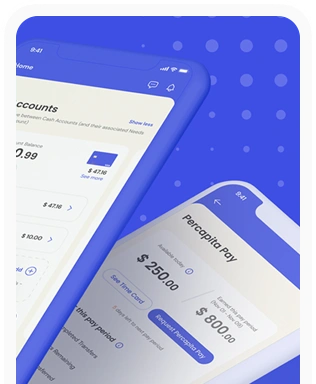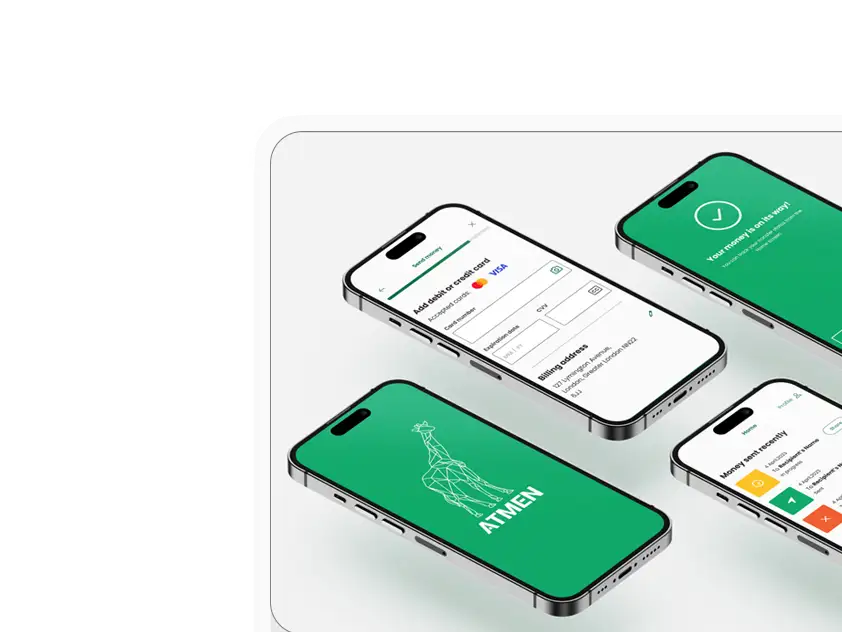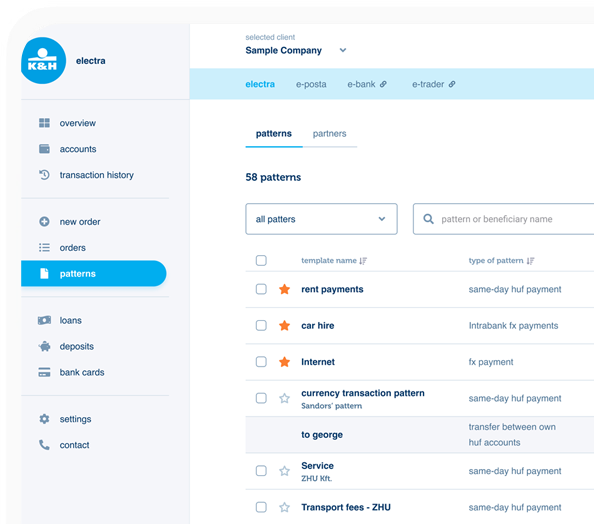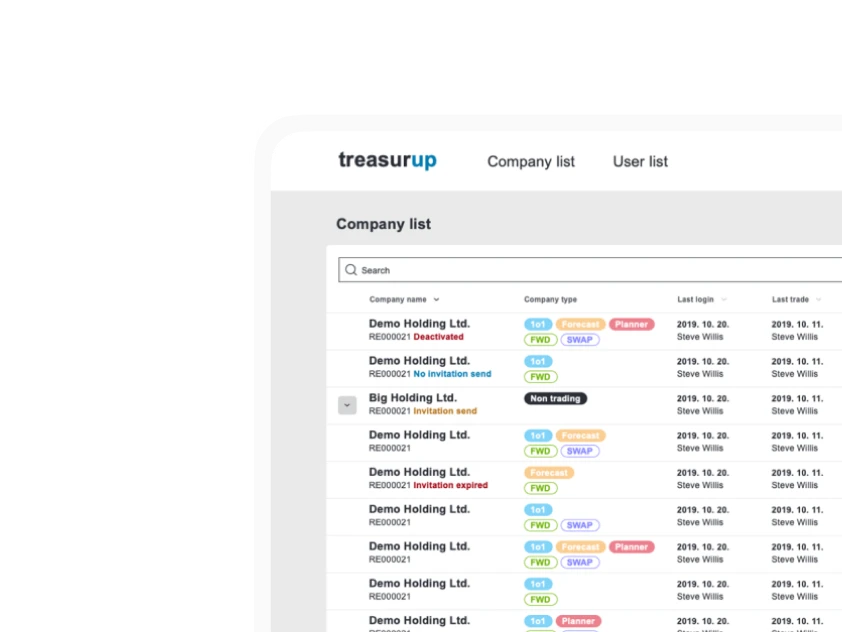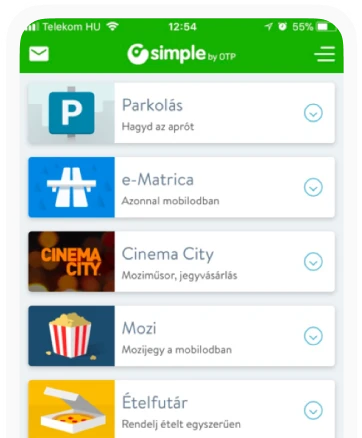Accessibility Audit
The essence of an Accessibility Audit
An Accessibility Audit is essential when a company wants to ensure that its digital products comply with legal requirements — especially with the 2025 European Accessibility Act. The goal is to identify and fix issues that prevent people with various challenges from using the product effectively. An analysis of the product reveals where and how discrepancies exist compared to established guidelines.
During the process, we uncover points where the interface creates barriers for users with different challenges. The audit doesn't just look for errors – it provides precise answers to the following questions:
- What are the product's most important user journeys and functions that must be accessible?
- At which points does the current interface fail to meet the WCAG 2.2 Level AA requirements?
- What specific technical and UX modifications are necessary to achieve compliance?
- In what order of priority should the fixes be implemented for the greatest impact?
- How can we ensure the product not only meets legal standards but also provides an empathetic and inclusive experience?
Accessibility Audit at Ergomania
At Ergomania, the audit is a collaborative, goal-oriented process conducted in close cooperation with the client. The process begins with an A11Y Interview (accessibility interview), where we jointly define the precise scope and objectives of the audit. We map out the key user journeys (e.g., purchasing, registration) and the pages that are most critical to the business.
We believe that the foundation of a successful audit is a shared understanding, which is why we recommend that representatives from the business side, as well as an IT and a UX decision-maker, participate in this meeting. This ensures that the final result will be relevant and actionable for all involved teams.
The Main Methods of an Accessibility Audit
Our experts perform a detailed analysis using a combination of manual and automated tools, based on the WCAG (Web Content Accessibility Guidelines) 2.2 Level AA requirements. The testing covers the most important areas:
- Keyboard Usability: Is every function accessible without using a mouse?
- Screen Reader Compatibility: Does software used by blind and visually impaired users interpret the content correctly?
- Contrast Ratios and Readability: Are texts and visual elements clearly visible for everyone?
- Forms and Error Messages: Is filling out forms logical and straightforward? Are error messages informative?
- Mobile View and Responsiveness: Does the interface function properly on all devices and screen sizes?
What Do Our Customers Gain from an Accessibility Audit?
Instead of suggestions based on estimates, our customers receive a detailed, fact-based report and a list of issues. This document shows exactly which parts of the website, application, or software need to be modified to achieve legal compliance and a better user experience for everyone. As a result of the audit, not only is the risk of potential fines reduced, but the product also becomes accessible to a wider, previously untapped user base, which strengthens the brand's image and increases market potential.
What Is the Role of Our Customers in the Accessibility Audit Process?
We need our customers' cooperation on two things. First, their active participation in the initial A11Y Interview, where we jointly define the goals and the scope of the audit. Second, the involvement of relevant internal experts (from business, IT, and UX) so that we can develop the most effective solutions for the identified issues.
The Result of a Successful Accessibility Audit
The final result of a successful audit is a detailed, easy-to-understand report that provides tangible guidance for all involved teams (development, design, management). The document includes an executive summary, a list of issues linked to the relevant WCAG criteria and severity levels, annotated screenshots illustrating the problems, and concrete recommendations for fixes, arranged by priority.
- Information from client: Participation in the A11Y Interview with business, IT, and UX decision-makers. Also if possible: additional materials, i.e. design files, brand guidelines, design system, user personas, etc.
- Client cooperation: Validation of identified issues and providing internal context.
- Deliverables: A detailed, structured accessibility report including an issue list, annotated screenshots, and prioritized recommendations for fixes.

